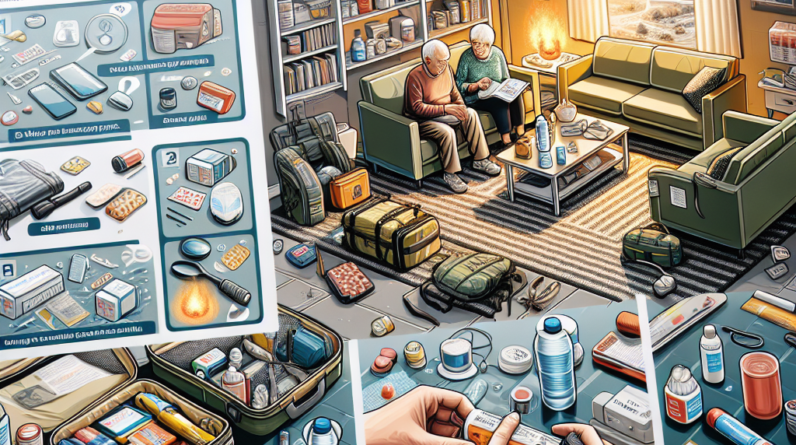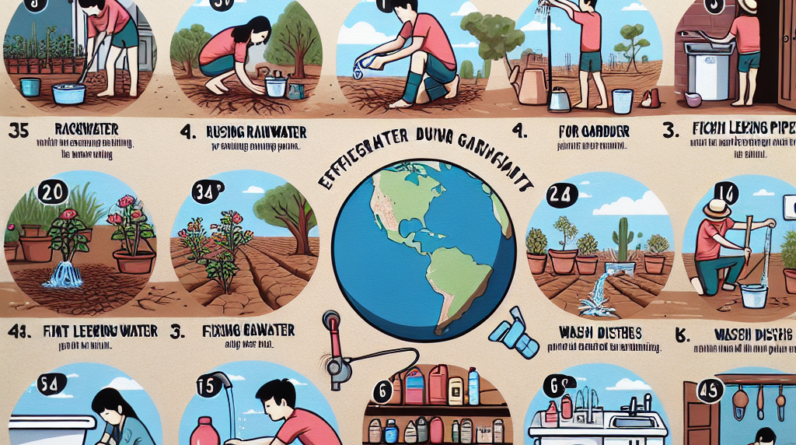Understanding how to effectively utilize local emergency services can significantly enhance your preparedness and response in urgent situations. This guide will walk you through the essential steps to make the most out of these critical resources, ensuring you and your loved ones remain safe during emergencies.
Know When to Call
# Understanding Emergencies
One crucial lesson is recognizing what constitutes a real emergency. It’s vital to reserve emergency lines like 911 for severe situations such as acute medical conditions, fires, or immediate threats. For instance, heart attacks or major fires clearly warrant emergency calls, while minor injuries might only require a doctor’s visit. Knowing the difference saves valuable time for emergency responders. Additionally, remember the availability of local non-emergency numbers for situations that do not require immediate intervention; these services are there to assist you in evaluating your needs.
# Stay Calm Under Pressure
In emergencies, maintaining composure is key. Avoiding panic helps in clearly communicating the situation to emergency responders. For example, during a situation where someone faints, staying calm and taking a moment to gather your thoughts before calling for help can make a significant difference. It is important to relay information as accurately and succinctly as possible, which helps in quick and efficient response.
# Provide Essential Information
When contacting emergency services, providing detailed information is crucial. They need to know your location, the nature of the problem, and who is involved. Always be precise, whether you’re in a public place or need to share important medical details like allergies or existing health conditions. More information helps emergency services to better prepare and respond more effectively.
Be Prepared
# Create a Safety Plan
Having a detailed safety plan for different types of emergencies is essential. At home, work, or school, know your escape routes and where to meet after an evacuation. Regularly update and practice your safety plans to accommodate changes such as new family members or pets. Preparation can significantly increase safety during actual emergencies.
# Stock Up on Supplies
A well-equipped emergency kit can be invaluable. Essentials such as water, first aid items, flashlights, and non-perishable foods should always be at hand, both at home and in your vehicle. Regular checks and updates of your kit ensure preparedness at all times.
# Educate Yourself and Others
Taking courses in first aid and CPR can equip you with necessary skills for managing emergencies. Sharing this knowledge with your family and community enhances overall safety and preparedness. Participating in local workshops and training sessions further solidifies your readiness and ability to handle emergency situations.
Know Your Resources
# Understand Local Services Available
Familiarize yourself with your local emergency responders and their services. Knowing what is available in your area and participating in community safety programs can better prepare you for emergencies. Being informed helps you access necessary resources swiftly and efficiently when needed.
# Engage with Emergency Personnel
Building relationships with local emergency personnel can demystify these critical services and foster a sense of community trust. Participating in local safety demonstrations and events allows you to gain firsthand insight into effective emergency handling and prepares you for real-life situations.
# Follow Up Post-Emergency
After an emergency, it’s crucial to address mental and emotional health. Utilize community resources like counseling and support groups to manage the psychological impact of traumatic events. Maintaining emotional well-being is key to recovering and preparing for future emergencies.
Involve the Community
# Host or Join Local Safety Workshops
Engaging in community safety initiatives through workshops or training sessions can significantly impact collective preparedness. These activities not only spread essential knowledge but also foster a supportive and resilient community environment.
# Encourage Neighborhood Teams
Forming neighborhood safety teams enhances local resilience. These groups can coordinate resources, share important information, and provide mutual support during emergencies, strengthening community bonds.
# Participate in Local Emergency Drills
Involvement in emergency drills teaches community members about proper responses in various scenarios and builds confidence. Integrating children into these activities educates them in an engaging and empowering manner, ensuring they are less fearful and more prepared.
FAQ
# 1. When should I call local emergency services?
Call local emergency services in serious situations like medical emergencies, fires, or when immediate danger to life or property exists. If unsure, it’s always safer to call and ask.
# 2. How can I prepare my family for emergencies?
Develop a comprehensive safety plan, stock your home with necessary emergency supplies, and frequently discuss what to do in different emergency scenarios to ensure everyone knows how to react.
# 3. What should I include in an emergency kit?
Your emergency kit should include water, non-perishable food, first-aid supplies, flashlights, batteries, and essential medications. Regularly refresh your supplies to maintain readiness.
# 4. How can I support my mental health after an emergency?
Seek support through community resources like counseling or support groups to help process emotional and psychological impacts following an emergency.
# 5. Why is community involvement important in emergency preparedness?
Community involvement enhances safety through shared knowledge and support, creating a network of resources and relationships that improve overall emergency resilience.


